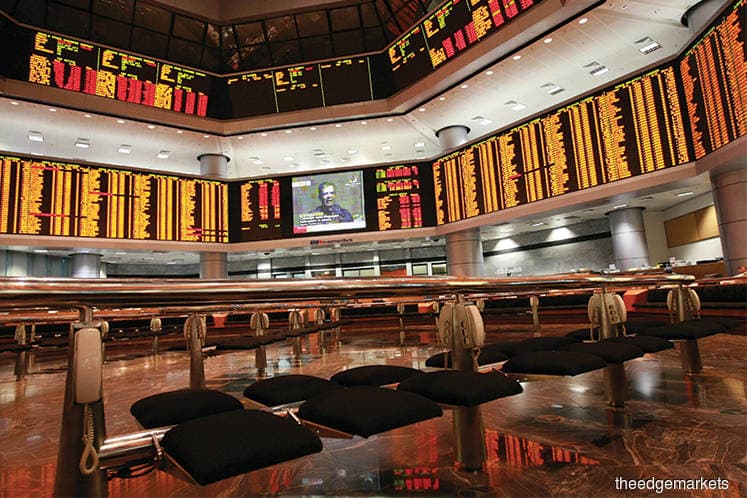
This article first appeared in The Edge Financial Daily on October 3, 2018
The market pulled back on a weaker ringgit and the rise in interest rates by the US Federal Reserve (Fed). Performances of markets were mixed globally. Rebounds in commodities prices especially crude oil and crude palm oil (CPO) helped lift some market confidence. The FBM KLCI declined 1% in a week to close at 1,793.15 points last Friday. Yesterday, the index closed at 1,798.15 points.
Trading volume continued to shrink last week as the market was uncertain. The average daily trading volume declined to two billion from 2.1 billion shares in the previous week and the average daily trading value fell to RM2.5 billion from RM2.6 billion. This indicates that more higher-capped stocks were being traded.
Foreign institutions continued to be net buyers while local sellers, both retailers and institutions, were net sellers. Net buying from foreign institutions was RM212 million while net selling from local institutions and local retailers were RM162 million and RM50 million respectively.
For the KLCI, decliners beat gainers 13 to five. The top three gainers were Westports Holdings Bhd (+2.5% in a week to RM3.80), IOI Corp Bhd (+1.3% to RM4.54) and MISC Bhd (+1% to RM6.06). The top three decliners were Press Metal Aluminium Holdings Bhd (-3.4% to RM4.86), CIMB Group Holdings Bank Bhd (-3.1% to RM6.01) and Hong Leong Financial Group Bhd (-2.9% to RM19.30).
Global market performances were mixed. In Asia, the KLCI and Hong Kong’s Hang Seng Index closed lower while most of the others were in the green. In Europe, most markets ended lower. The US Dow Jones Industrial Average also closed lower after hitting a historical high two weeks ago.
The US dollar bucked the bearish trend and increased after the Fed raised the key interest rate. The US dollar index increased to 95.1 points last Friday from 94.2 points the week before. The ringgit weakened slightly against the US dollar at RM4.14 to a US dollar compared to RM4.13 in the previous week.
Gold fell on the interest rate hike. The Commodity Exchange gold price declined 0.3% in a week to US$1,196.20 (RM4,952.87) an ounce last Friday. Oils, however, closed higher. Crude oil (Brent) jumped 5% to US$82.70 a barrel, the highest in nearly four years. Locally, CPO futures rebounded from a two-week decline to close at 1.4% higher at RM2,170 per tonne.
The KLCI continued to trade within the immediate support and resistance levels of a bullish trend correction at 1,780 and 1,820 points. This indicates that the correction is not over.
The KLCI has fallen below both the short- and long-term 30- and 200-day moving averages. This indicates a bearish trend. However, the index has been rising above and falling below these moving averages in the past one month. This whipsaw on the moving indicates uncertainty. Nevertheless, the market is still bullish as the index stays above a wide Ichimoku Cloud indicator.
Momentum indicators continue to indicate a good bearish momentum. Indicators such as the Relative Strength Index and oscillator continued to decline and stayed below their mid-levels. Also, the moving average convergence divergence indicator has fallen below its moving average.
In conclusion, the market does not provide any directional bias at the moment. As long as the index stays between 1,780 points and 1,820 points, the market is expected to remain uncertain.
However, if there is a breakout below the support level (which is also the confirmation level of the head and shoulders chart pattern) at 1,780 points, then we may expect a bigger correction and the next support level is at 1,720 points. The index may remain bullish if it stays above the support level.
The above commentary is solely used for educational purposes and is the writer’s point of view using technical analysis. The commentary should not be construed as an investment advice or any form of recommendation. Should you need investment advice, please consult a licensed investment adviser.